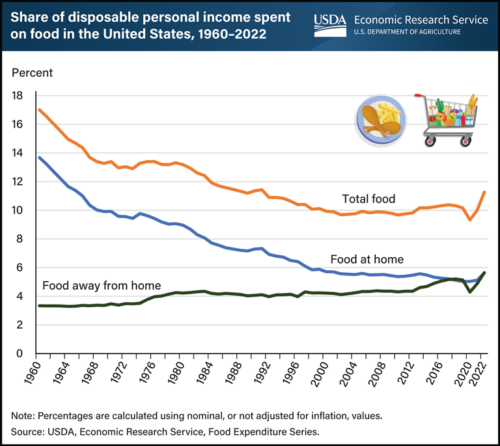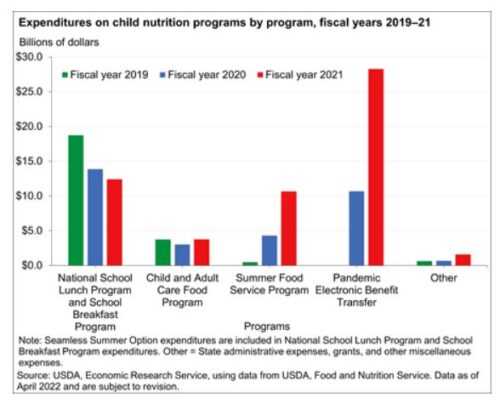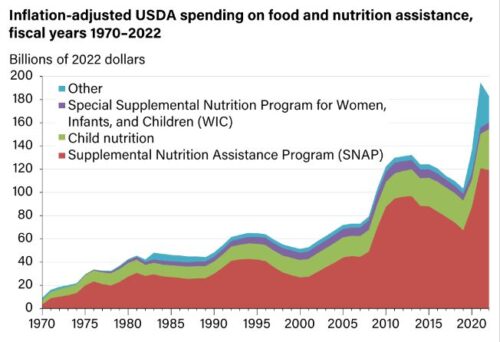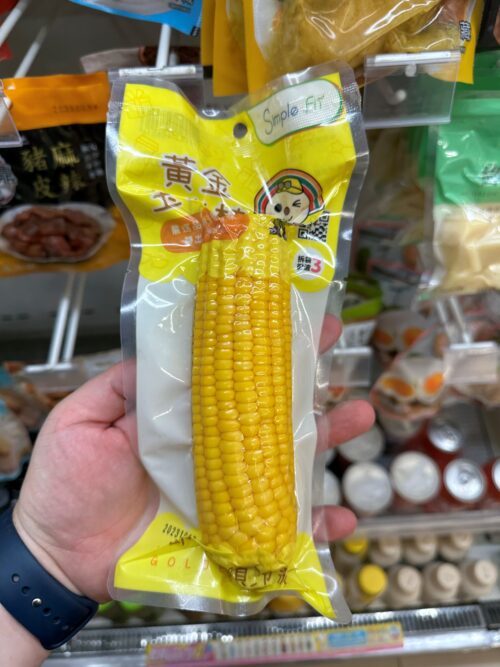Industry-funded study of the week: Beer!
A reader, Emma Calvert, a Senior Food Policy Officerfor the European Union in Brussels, sent me “this article. She also pointed me to the article Food Navigator wrote about it: “Review hails health benefits of beer-gut alliance.”
Eager to find out what the “beer-gut alliance” might be, I went right to it.
The study: Beer-gut microbiome alliance: a discussion of beer-mediated immunomodulation via the gut microbiome.” Silu Zhang, Shuo Jin, Cui Zhang, Shumin Hu, Huajun Li. Front. Nutr., 25 July 2023. Volume 10. https://doi.org/10.3389/fnut.2023.1186927
Background: “As a long-established fermented beverage, beer is rich in many essential amino acids, vitamins, trace elements, and bioactive substances that are involved in the regulation of many human physiological functions. The polyphenols in the malt and hops of beer are also important active compounds that interact in both directions with the gut microbiome.”
Methods: “This review summarizes the mechanisms by which polyphenols, fiber, and other beneficial components of beer are fermentatively broken down by the intestinal microbiome to initiate the mucosal immune barrier and thus participate in immune regulation.”
Conclusion: “Beer degradation products have anti-inflammatory, anticoagulant, antioxidant, and glucolipid metabolism-modulating potential. ..The positive effects of bioactive substances in beer in cancer prevention, reduction of cardiovascular events, and modulation of metabolic syndrome make it one of the candidates for microecological modulators.”
Funding: “This study was supported by the Open Research Fund of State Key Laboratory of Biological Fermentation Engineering of Beer, under grant no. K202101.”
Conflict of interest: “CZ and SH were employed by Tsingtao Brewery Co. Ltd. The remaining authors declare that the research was conducted in the absence of any commercial or financial relationships that could be construed as a potential conflict of interest.”
Comment: This seems like a lot to claim for beer. Vested interest? Yes. The State Key Beer Lab is part of the Tsingtao Brewery Co. Ltd, Qingdao, 266100, China and two of the authors work for the company. Why do this study? To distract attention from the harmful effects of alcohol consumption (where do I begin?) and from its calories, and instead give beer a health aura.
Beer, alas, is not a health food, best consumed in moderation if at all.
Sorry.





